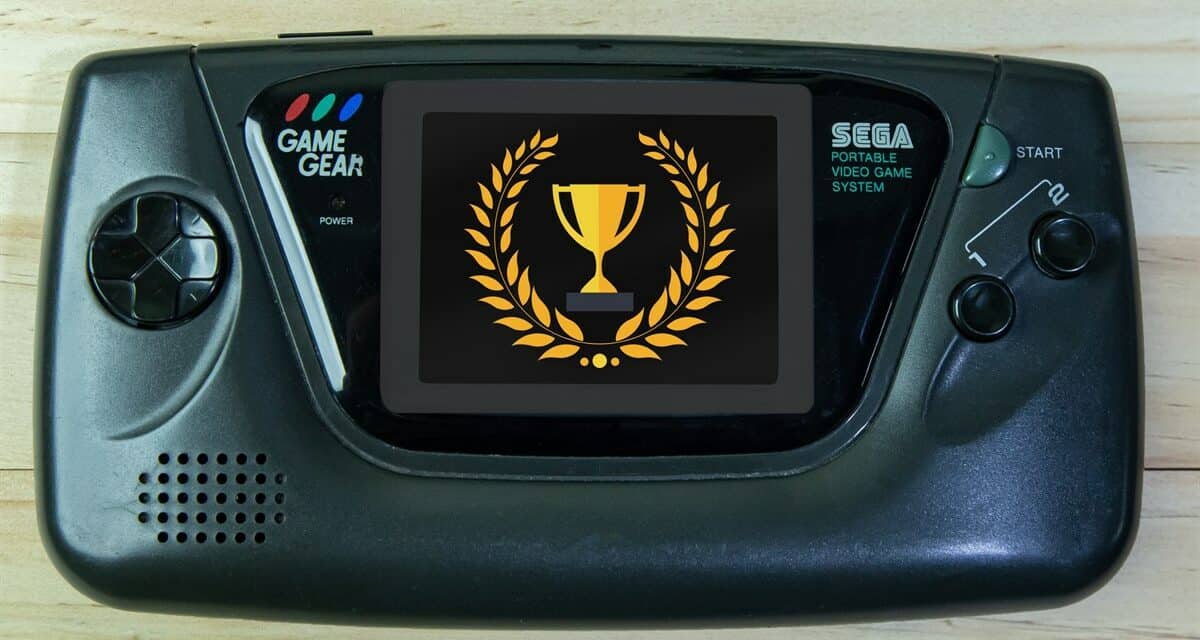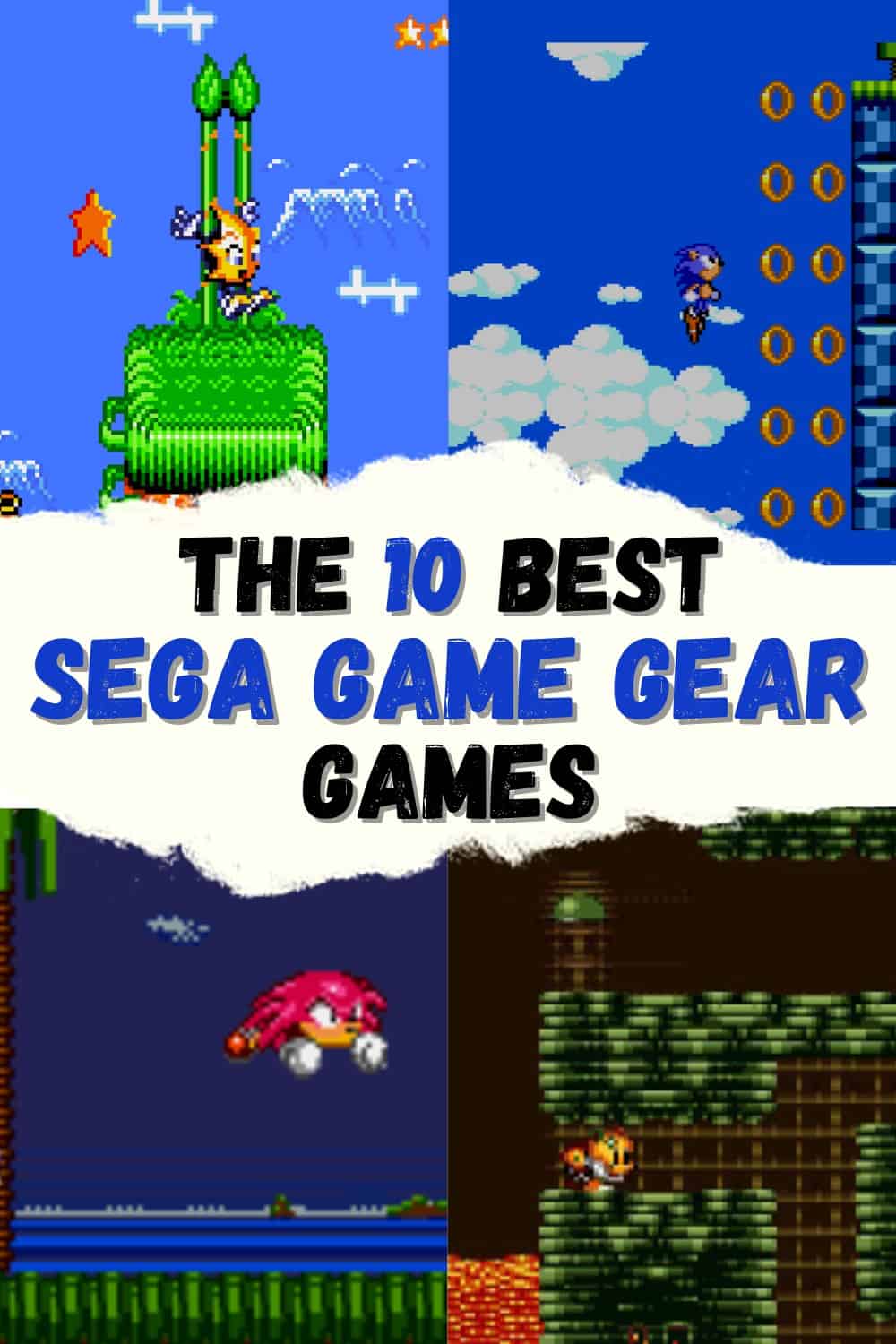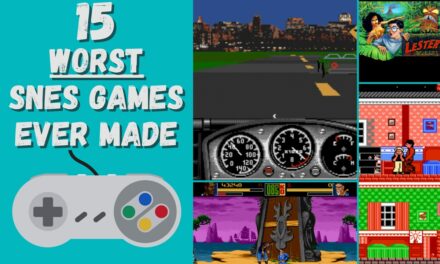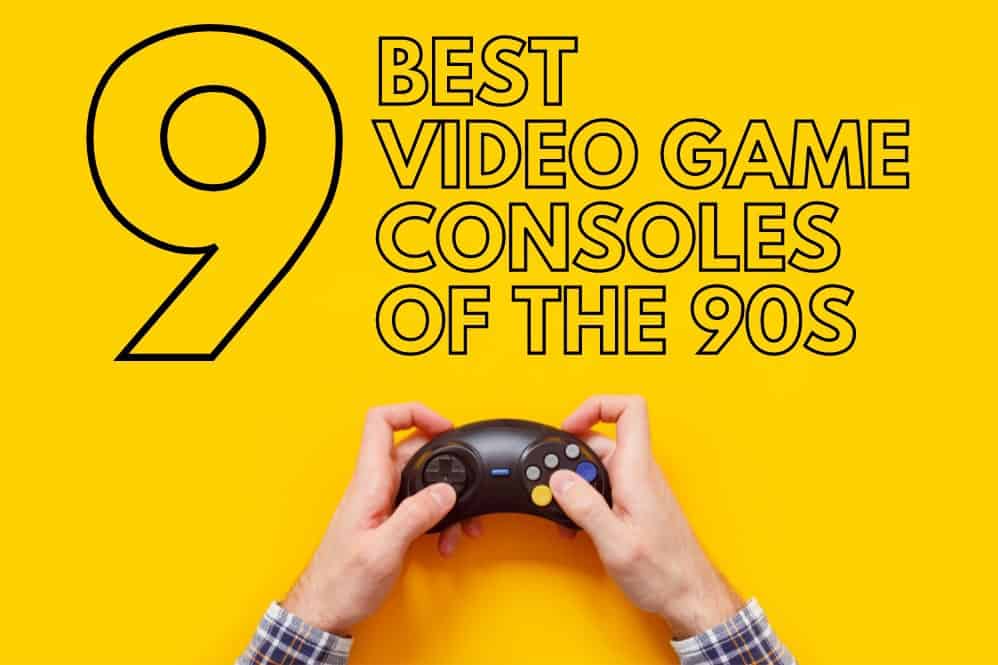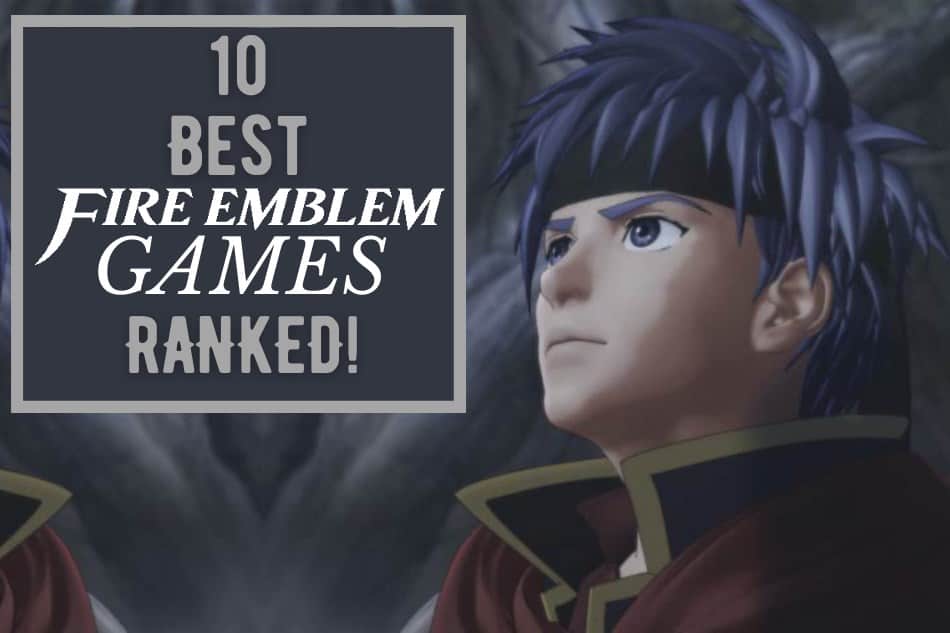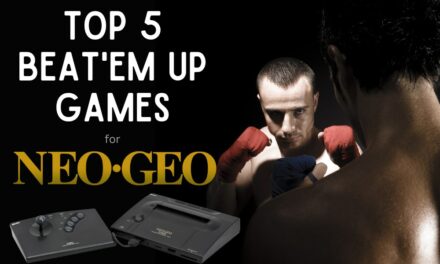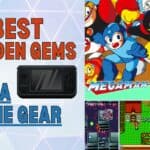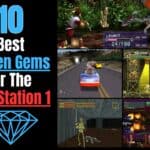Launched in Japan on October 6th, 1990, the SEGA Game Gear arrived on the scene poised and ready to take on Nintendo’s Game Boy.
With an ergonomic design, 3.2-inch backlit screen, and full-color graphics, it offered a host of features unseen in the competition and an impressive library of games encompassing every major franchise from Sonic The Hedgehog to Golden Axe.
By the time all was said and done, some 11 million units were sold and 365 games were released. And, while it may not have been able to generate the sort of sales numbers as Nintendo, the Game Gear was far from a slouch – and far better than what was being offered by the likes of Atari and NEC Electronics at the time!
What follows now is a compact compilation that showcases all that was grand about a fun little piece of kit that not only dared go toe to toe with Nintendo’s grey brick but gave us a glimpse into the next stage of portable gaming. These are the
10 Best Game Gear Games Ever
Mega Man
An action platformer sublicensed by U.S. Gold, Mega Man hit North America in October 1995 and once again sees the Blue Bomber squaring off against Dr. Willy and six Robot Masters under his control.
Featuring loads of recycled content from Mega Man 4 and Mega Man 5, this is a beautifully blended fusion of a game spotlighting solid mechanics, vivid colors, and a truly rockin’ soundtrack.
An intriguing little gem far more lively than its contemporaries, Mega Man not only looks and feels similar to its NES counterparts but also succeeds in giving SEGA fans a nice, heaping helping of Capcom’s pixelated paladin.
Gunstar Heroes
When released to the Game Gear in 1995, this port of the popular Genesis shooter found itself dialed back on effects and stripped of its magnificent multiplayer mode. That said, M2 did a fantastic job of shrinking this one down for portability and the end result is still one of the most intense action games to ever grace a handheld.
The boss battles are truly impressive and the screen is always brimming with baddies to defeat.
Don’t expect this to be a carbon copy of what we got on the Genesis, but rather a “run and gun” fun fest that stands on its own merits and offers one of the most exciting experiences to be had on the go.
Super Off Road
Perhaps the most addicting racer to find a home within the ranks of the Game Gear library, Super Off Road does a nice job of capturing the look and feel of its arcade counterpart.
Course maps fill the screen while a host of brightly colored trucks fly off jumps and careen around corners with enough gusto to rival even the Baja 1,000! Another great example of how to scale back for the sake of portability.
Super Off Road keeps the crucial multiplayer aspect of its peers intact, while also maintaining a far smoother presentation than what some other handhelds were offering at the time.
Tails Adventure
Like Luigi, Tails is one of those sidekicks who spent most of his life playing second fiddle to a bigger star. However, when SEGA gave him a chance to shine in his first standalone title, the little fox proved he was more than capable of standing on his own.
While it may have a slower pace than the mainline Sonic games, Tails Adventure packs strong visuals alongside simplistic controls that make it an easy one to just pick up and play.
With a much heavier emphasis on exploration, this Game Gear exclusive very much plays in a similar style to Super Mario Bros, while at the same time providing an interesting backstory that fills the lore prior to SEGA’s Dynamic Duo coming together.
Sonic The Hedgehog – Triple Trouble
Designed as the sequel to Sonic Chaos, this 1994 platformer features classic side-scrolling gameplay and strong visuals that rival those seen on the Genesis.
It’s bright, fun, fast, and while it doesn’t offer anything new or original when compared to other entries in the franchise, Triple Trouble does an excellent job capturing the look and feel of its contemporaries – even when scaled back and shrunken down to accommodate the capabilities of the portable console.
No, it may not bring anything different to the table, but this technologically competent title is perhaps the closest we ever got to the overall style and play of SEGA’s 16-bit games on a handheld.
Road Rash
Ported to the Game Gear from the Sega Genesis in 1993, this classic EA racer is one of the best games based around motorcycle racing – with a healthy dose of vehicular combat thrown in for good measure.
Instantly addictive, it serves as one of the earliest examples of a truly great handheld racing game thanks to masterful visuals and strong driving mechanics akin to what gamers were getting at home
Although, let’s be honest here, kicking your opponents off their bikes as they attempt to pass you never really gets old, does it? Plus, who didn’t appreciate that handy password system?
Prince Of Persia
Derived from the original Apple II version released in 1989, Jordan Mechner’s beloved dungeon-runner maintains its signature graphical style and realistic character movements, while also taking full advantage of the Game Gear’s high color tones for a truly splendorous aesthetic!
Released in the fall of 1992, the Game Gear version also features strong audio, the convenience of a password system, and revolutionary animation quality that makes this one of the smoothest running platforming games to be conceived in the early 90s 8-bit.
If you want a game that showcases what the Game Gear was capable of, look no further than this single-player sensation!
Super Columns
I love a good puzzler, and Columns has always been one of my favorites!
In 1995, SEGA brought this sequel over to the Game Gear. Introducing new blocks, as well as reversal, magic, and special columns, this fantastic follow-up really takes things to a whole new level – while still doing its predecessor proud!
Guaranteed to make the minutes fly by, Super Columns shines with clean graphics, straightforward controls and a variety of addicting game modes that prove sometimes the best games can be birthed from the simplest of ideas.
Ristar
With its detailed sprites, colorful backgrounds, and solid gameplay mechanics, Ristar is one of the strongest, if not one of the absolute best looking, games to take up residence on the SEGA Game Gear.
Sure, on the surface, it may look like nothing more than your average, run-of-the-mill platformer, but Ristar’s one-of-a-kind character set really makes this one feel unique.
How many other gaming greats do you know whose abilities include being able to extend their arms to great lengths? Ristar is a truly charming title with a level of immersion I’ve not experienced in a handheld game for years! Don’t sleep on this one!
Sonic The Hedgehog 2
Released on the Game Gear one month after speeding to the Genesis, Sonic The Hedgehog 2 is not just some simple copy of its home console counterpart.
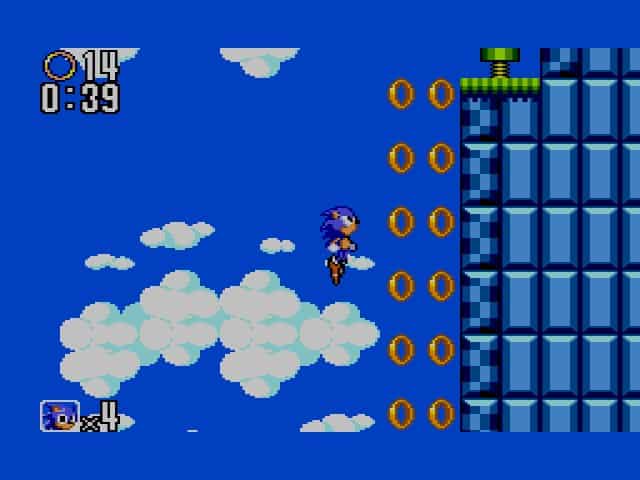
While it can be difficult due to the handheld’s low screen resolution and reduced visual field, this sequel shines with unique stages and gameplay elements that succeed in setting it apart from its 16-bit sibling.
The level designs are second to none, while also offering gamers the chance to play as Tails for the very first time in a mainline Sonic game is a neat little bonus to be sure!
Throw in a toe-tappin’ soundtrack, detailed character designs, and some fundamental gameplay mechanics, and what you’ve got here is a fast and furious platformer that represents the very best that the SEGA Game Gear had to offer!
